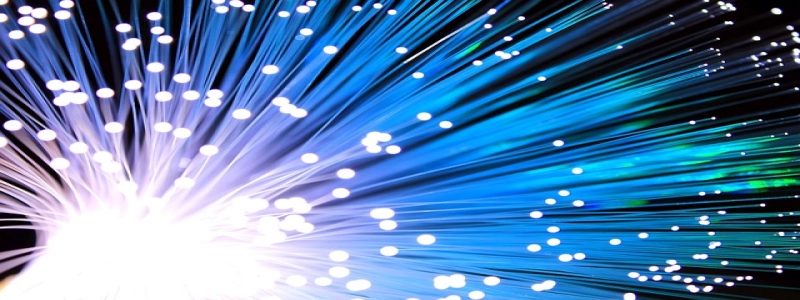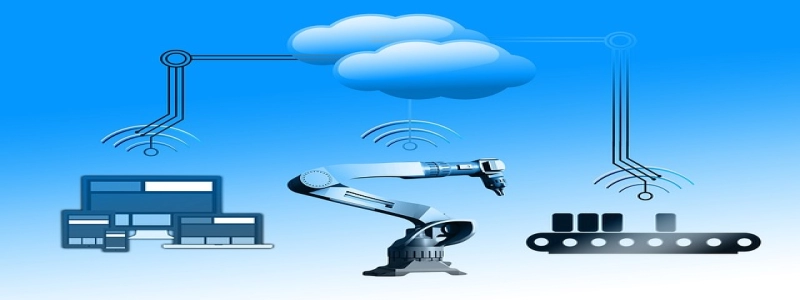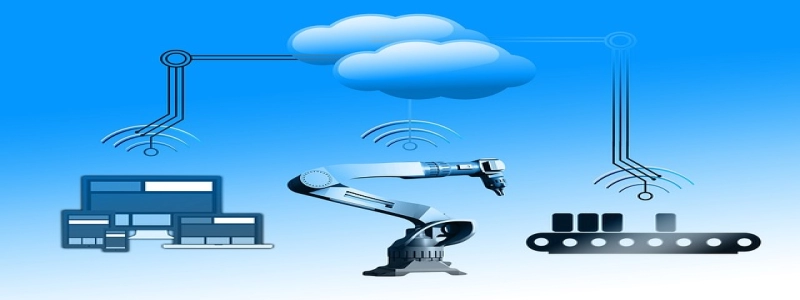Fiber Optic Bundle Cable
Introduction:
Fiber optic bundle cable is a technological advancement in the field of telecommunications and data transmission. It is an assembly that combines multiple individual fiber optic cables into a single, consolidated unit. This cable design offers numerous benefits, such as increased capacity, improved transmission speed, and enhanced reliability. In this article, we will explore the components and working principles of fiber optic bundle cable in detail.
I. Components of Fiber Optic Bundle Cable:
A. Fiber Optic Cables:
1. Single-mode Fiber Cables:
a. Made of a single, narrow core that allows only one mode of light to propagate through it.
b. Ideal for long-distance transmission due to low light attenuation.
2. Multi-mode Fiber Cables:
a. Contain a larger core that supports the propagation of multiple modes of light.
b. Suitable for short to medium-range transmissions due to higher light attenuation.
B. Protective Outer Sheath:
1. Made of a robust material like polyethylene or PVC to shield the cables from environmental factors.
2. Provides insulation against moisture, temperature variations, and physical damage.
II. Working Principles of Fiber Optic Bundle Cable:
A. Light Transmission:
1. The fiber optic cables within the bundle cable transmit information using pulses of light.
2. The light source, typically a laser or LED, emits light that travels through the fiber cores.
3. In single-mode fibers, the light propagates in a straight line, ensuring minimal signal loss.
4. In multi-mode fibers, different light modes take different paths, resulting in slight signal dispersion.
B. Light Reception:
1. At the receiving end, photosensitive detectors capture the incoming light signals.
2. The detectors convert the light energy into electrical signals for further processing.
C. Bundling and Organization:
1. The individual fiber optic cables are bundled together within the outer sheath to form the cable assembly.
2. The cables are arranged in a specific order to maintain signal integrity and minimize interferences.
3. Cable management techniques like color coding and labeling ensure easy identification and maintenance.
III. Advantages of Fiber Optic Bundle Cable:
A. Increased Capacity:
1. The bundled design allows for the integration of multiple fiber optic cables, significantly increasing the data transmission capacity.
2. This enhanced capacity is crucial for modern applications that require high bandwidth, such as video streaming and cloud computing.
B. Improved Transmission Speed:
1. Fiber optic cables facilitate faster transmission as light signals travel at nearly the speed of light.
2. Compared to traditional copper cables, fiber optic bundle cable offers significantly higher data transfer rates.
C. Enhanced Reliability:
1. Due to their immunity to electromagnetic interference, fiber optic cables provide a more reliable transmission medium.
2. They are less prone to signal degradation caused by external factors like electromagnetic fields or radio frequency interference.
Conclusion:
Fiber optic bundle cable is a cutting-edge solution for efficient and reliable data transmission. Its design incorporates multiple fiber optic cables into a single, consolidated unit, providing increased capacity, improved transmission speed, and enhanced reliability. With the continuous advancement of technology, fiber optic bundle cable plays a crucial role in meeting the growing demands of modern telecommunications and data communication systems.








